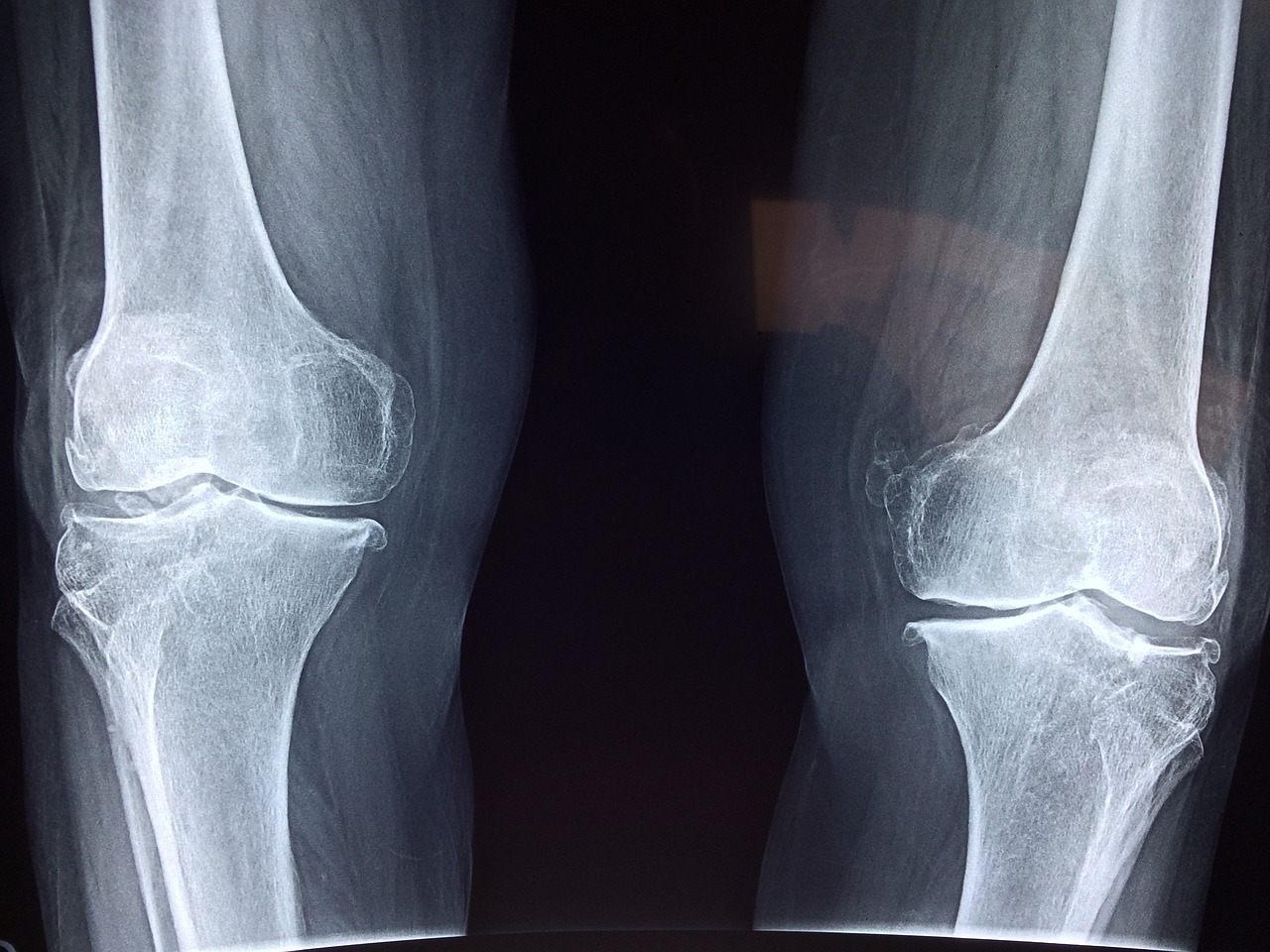Article Title:Patterns of diagenesis in bone II:: Effects of acetic acid treatment and the removal of diagenetic CO23
Abstract:
Archaeological bones of varying preservation have been treated with 0,1M acetic acid in order to investigate the effect on structural and chemical alterations caused by diagenesis. Acetic acid is commonly used as a cleaning agent for removing diagenetic carbonate from bone and enamel, in an attempt to recover original, biogenic signals for use in dietary and C-14 dating studies. Diagenetic parameters were measured before and after treatment on a range of archaeological bones with good and bad preservation. Histological preservation defined the behaviour of the correlating parameters, where correlation coefficients between carbonate content and crystallinity, microporosity and macroporosity increased significantly after treatment. For histologically well preserved material, acetic acid is effective at returning carbonate content to around that of modern bone. Where bone is extensively damaged by micro-organisms, loose diagenetic material can be removed, but a fraction largely composed of hypermineralized bioapatite remains, which, we believe, cannot be reliably used to obtain accurate biological signals. Copyright 2000 Academic Press
Keywords: bone; diagenesis; carbonate; acetic acid; crystallinity
DOI: 10.1006/jasc.1999.0538
Source:JOURNAL OF ARCHAEOLOGICAL SCIENCE
Welcome to correct the error, please contact email: humanisticspider@gmail.com



